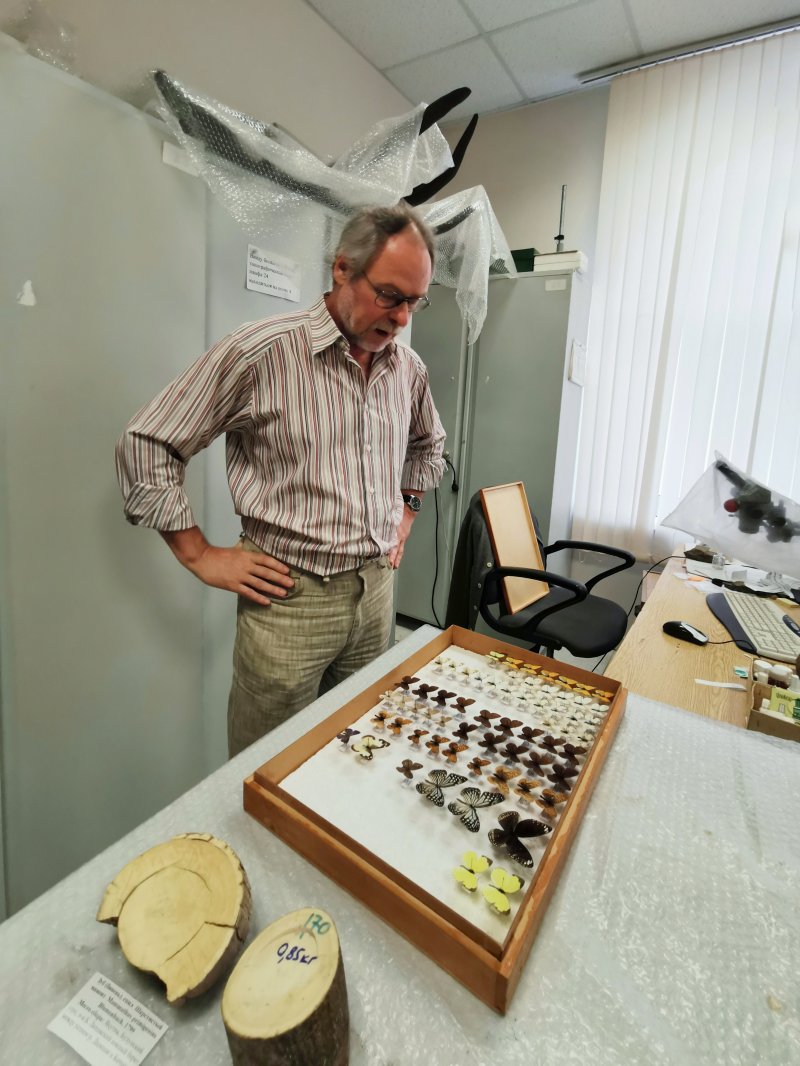13 August 2020
New arrivals in the State Darwin Museum collection
Today the
fund-purchasing commission of the State Darwin Museum accepted new objects into
the funds.
The new
jewel is the aberrant woolly rhinoceros skull. It was found in Yakutia in near
the Lake Holokun. In addition to its impressive size, the skull surprises with
its anomalies.
First, we
found incisors in the mouth of this ancient herbivore. Normally, woolly
rhinoceroses lacked canines and incisors - they chewed the grass with powerful molar
teeth. The abnormal tooth, apparently, is the inheritance from a distant
ancestor who lived 10-15 million years ago, whose incisors were still in use.
Secondly,
there is a strange hole in the back of the skull. It looks like it was made by
a parasitic worm during the life of the unlucky animal.
In addition
to the unusual skull, the paleo collection today was replenished by 150 mammoth
tusks with growth abnormalities, 70 ammonites with traces of bites and
diseases, as well as a small collection of teeth and dermal ossifications
(scales) of extinct cartilaginous fish (Chondrostei) from the collection of the
Soviet amateur paleontologist Anton Erlanger.
The collection
of butterflies was replenished by lepidopteran beauties from the Krasnoyarsk
Territory - a gift from a friend of the museum, Gariy Kuleshov, as well as
butterflies from Vietnam and Cameroon, brought by our employees from scientific
expeditions.
A miniature
figurine of a Tyrannosaurus Rex made of bronze by Vagharshak Galboyan has
complemented the Fine Arts collection.
The
collection of rare books includes 10 scientific publications, 9 of which were
written in the 19th century. Joachim Barrande, a French geologist and
paleontologist, a foreign corresponding member of the St. Petersburg Academy
of Sciences. He was a teacher of the grandson of Charles X, the king of France,
- Count de Chambord, and after the overthrow of the monarchy, he moved with the
royal family to the Czech Republic (Bohemia back then), where he began to study
the Early Paleozoic deposits. The suburbs of Prague, where the research was carried
out, a bridge and a film studio were named after Barrande, and the Prague
National Museum holds his large paleontological and geological collection.
The books have preserved inscriptions, from which we learn that this was a gift from Barrande to his friend from the Academy of Sciences Alexander Folbart.





Комментарии могут оставлять только зарегистрированные пользователи











